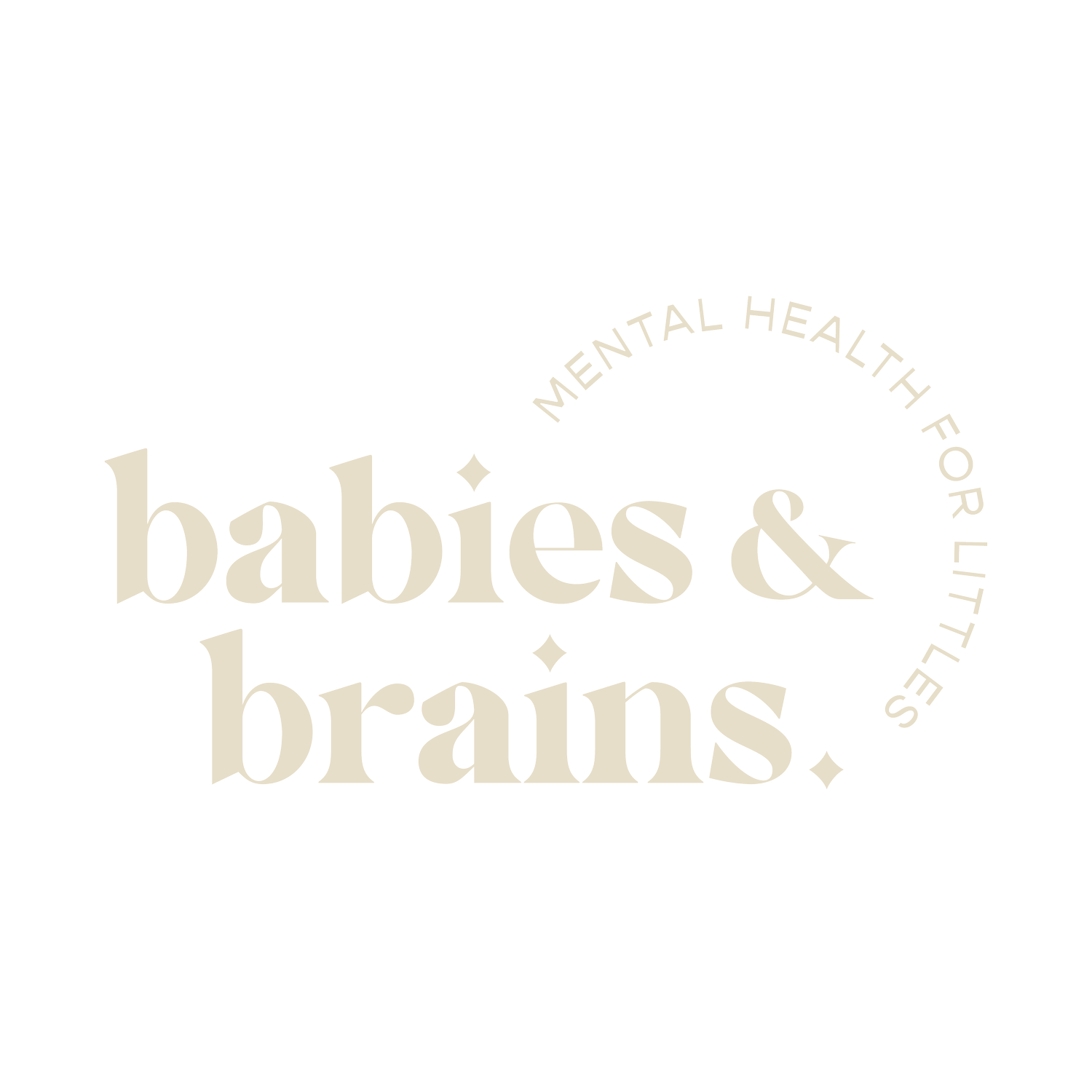How to Introduce a New Nanny or Babysitter
If you are thinking about hiring a nanny so that you can return to work, or hiring a babysitter so that you and your partner can have a dinner out, you may be wondering what you need to do to introduce this new person to your child.
While every child is going to be different, and there is going to be some variation when it comes to the amount of time they need to adjust to this new person, here are a few tips I would keep in mind when integrating a new person into your family to care for your child.
First, interview or talk to this person separately to get a feel for them without your child present.
If this person is someone you do not know, or maybe they are a recommendation from someone else, you want to get a feel for them before you introduce them to your child. If you get a gut feeling from this person that they may not be a good fit, it is a lot easier to move on and look elsewhere at this point, rather than introducing them to your child and changing direction after that.
Second, once you have met them, invite them over for a casual visit to see how they do with your child.
Ideally, if timing permits, you will want to invite them over during a low-stress time of day. Now is not the time to throw them into diaper-changing and lunch-making routines because it’s likely your child won’t be ready for that from a stranger. Low stress means that your child will be more open to this person, and this person will be free to play with your child and follow their lead. If your child is still an infant, you may have this person over for a coffee while you both sit on the floor, chat, and play with your baby. If your child is older, this person may directly join in your child’s play and go right along with them. Since this person is new, you will want to stay present so your child feels safe with this person. This is also a good time to observe their interactions. Are they able to follow your child’s lead? Are they attuned and gentle? Do their energy levels match your child’s? How does your child respond to them? This visit can be helpful in deciding if you keep moving forward, or change direction if they aren’t a great fit.
Third, once you have decided to move forward, you ideally want to do some settling in sessions where you phase yourself out and phase the new person in.
I understand that every family may not have the flexibility to have many settling sessions. The thing is, every child is going to be different. Some may need more; some may need less. I am just giving you a foundational overview, and you can tailor it in a way that works best for your child. Ideally, we want to phase the new person in while you phase yourself out to build their tolerance of this substitute caregiver. You can even use this method if you are having your partner take over more daily routines with your child. For example: The nanny comes over and helps with a diaper change by just standing in the room while you do it. The next time, they stand closer and hand you the diaper. The next time, they do the change while you stand near and hand them the diaper. Then, they do the change while you stand further away in the room. Finally, they do the change while you step out. This is just one routine and one example, but you can use this method when introducing anyone new to any routine.
Fourth, focus on your own emotional tone with this person.
This really is the first step, and the most important step woven into everything else, but your child is going to look to you to get an idea of how they should feel about this person. If you are warm, calm, and confident with this person, your child will sense that; if you are stressed, anxious, and short with this person, your child will sense that. Your child uses you as a reference to determine what is safe and what is dangerous when they are encountering something new. If you want to help your child adjust to a new person, focus on your tone and interactions while around this person to help your child build trust in this person as well.
These are just some tips to get you started, but if you want access to ALL of the tools you need to prepare your child while keeping their attachment to you a priority, I’ve got you covered in The Childcare & Preschool Transitions Guide. Get it here.
Was this helpful?
Click to Pin It and save it for later!


